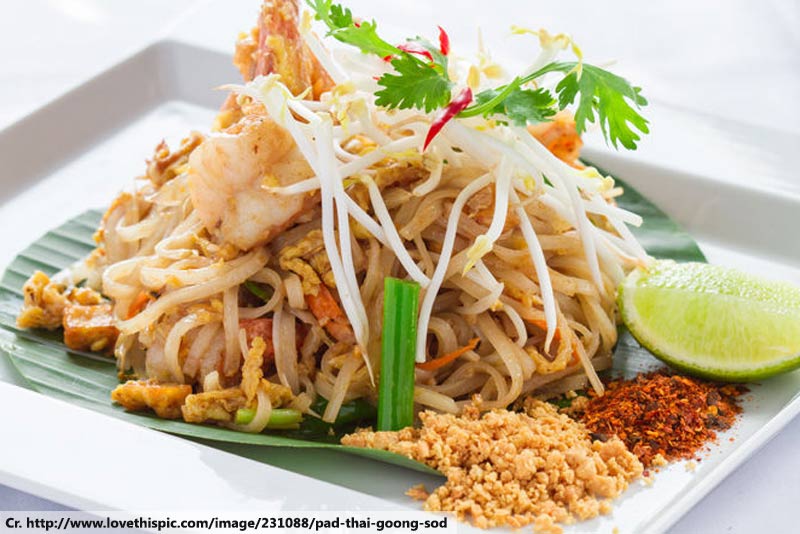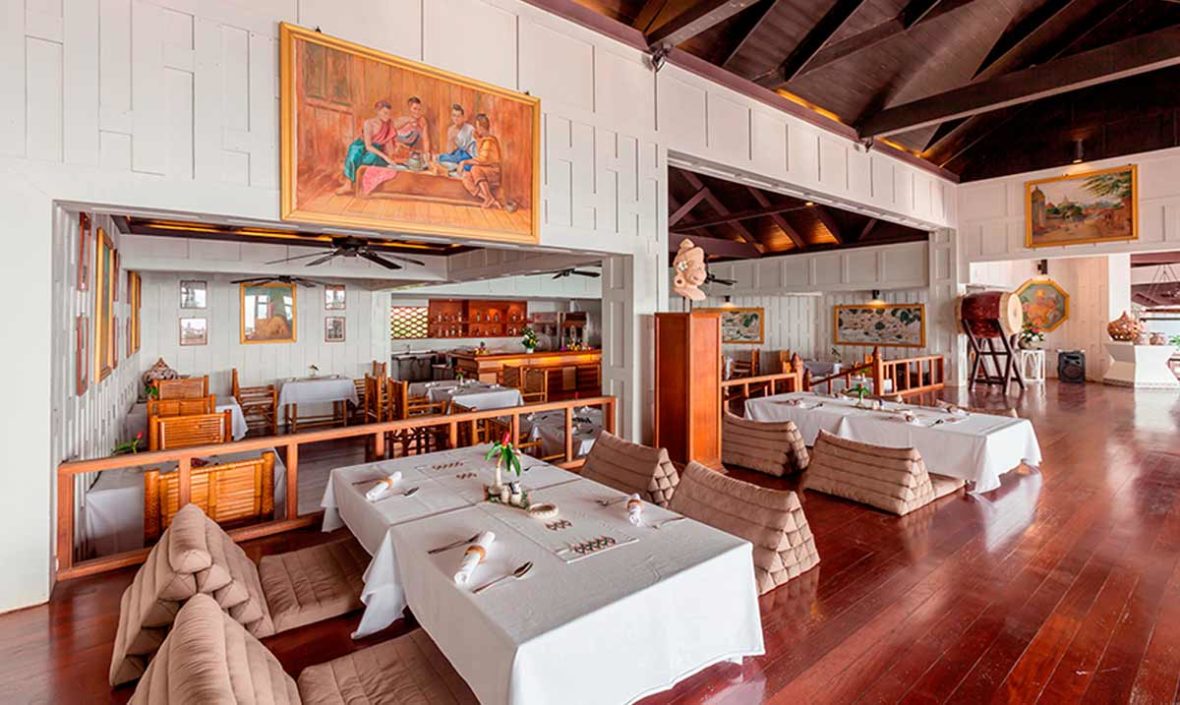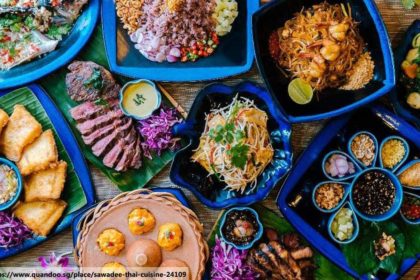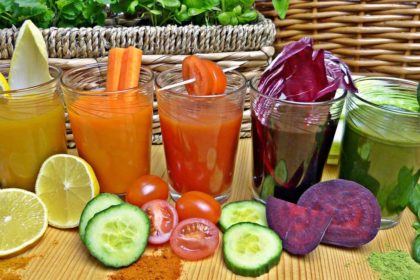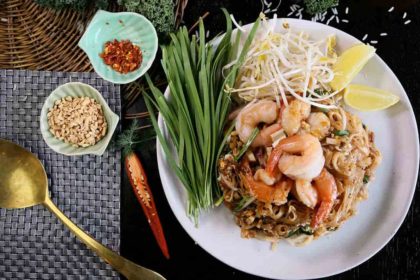Thai dining in Phuket is different to eating typical western cuisine. There are the obvious differences, like exotic flavours and styles, but there are even more fundamental difference, such as the courses and how they are served. This can have a big impact on what you order and how much you enjoy it. If you go to a Phuket Thai restaurant expecting a western approach to service, you might be surprised and frustrated when you get a more local approach. For that reason, we’ve got a few tips about what to expect.
Courses or Types
In western restaurants, dishes are divided into starters (or appetisers), main courses (or entrees) and desserts (or sweets). There is no such division in Thailand and some visitors get a little surprised when everything arrives at the same time, especially since the menu is generally still divided.

In a Phuket Thai restaurant, you’ll usually find the menu divided by the type of dish, with four main categories available: Wet (soups and curries), Dry (stir-fries or generally anything not served in a bowl), Yum (salads) and Heavy (meats and fish). The best thing to do is get a couple of each, generally with at least one dish that’s quite spicy. This will give you the best balance of flavours and styles to enjoy.
All at once
Thai food is formed from five distinct flavours: Sweet, Sour, Spicy, Creamy and Salty. Individually, these might be overpowering. However, the idea is to order and eat them all at once. The result may look like chaos, with dozens of plates and bowls all over the table, each being passed around in different directions, but it really livens up the experience and the flavours when you combine different elements into a single mouthful. The one exception is dessert which, like in the west, is eaten as a separate course.

Sharing
Another fundamental difference between Thai and western meals is that Thai food is almost always shared. The concept of individual plates, only to be enjoyed by a single person, is completely at odds with Thai culture, in which dining is primarily a social event. More westernised Phuket Thai restaurants will generally serve dishes suitable for one, but most will encourage you to share, serving either platters of lots of little nibbles or single bowls which would be far too big for one person to eat alone.

Noodles
Noodle dishes are the one exception to the rule. Popular dishes like Pad Thai are considered the sandwiches of Thai cuisine – a simple, self-contained meal you can snack on between banquets. They’re generally not included in the big shared meals and are more suitable for those who insist on having their own individual plate.
